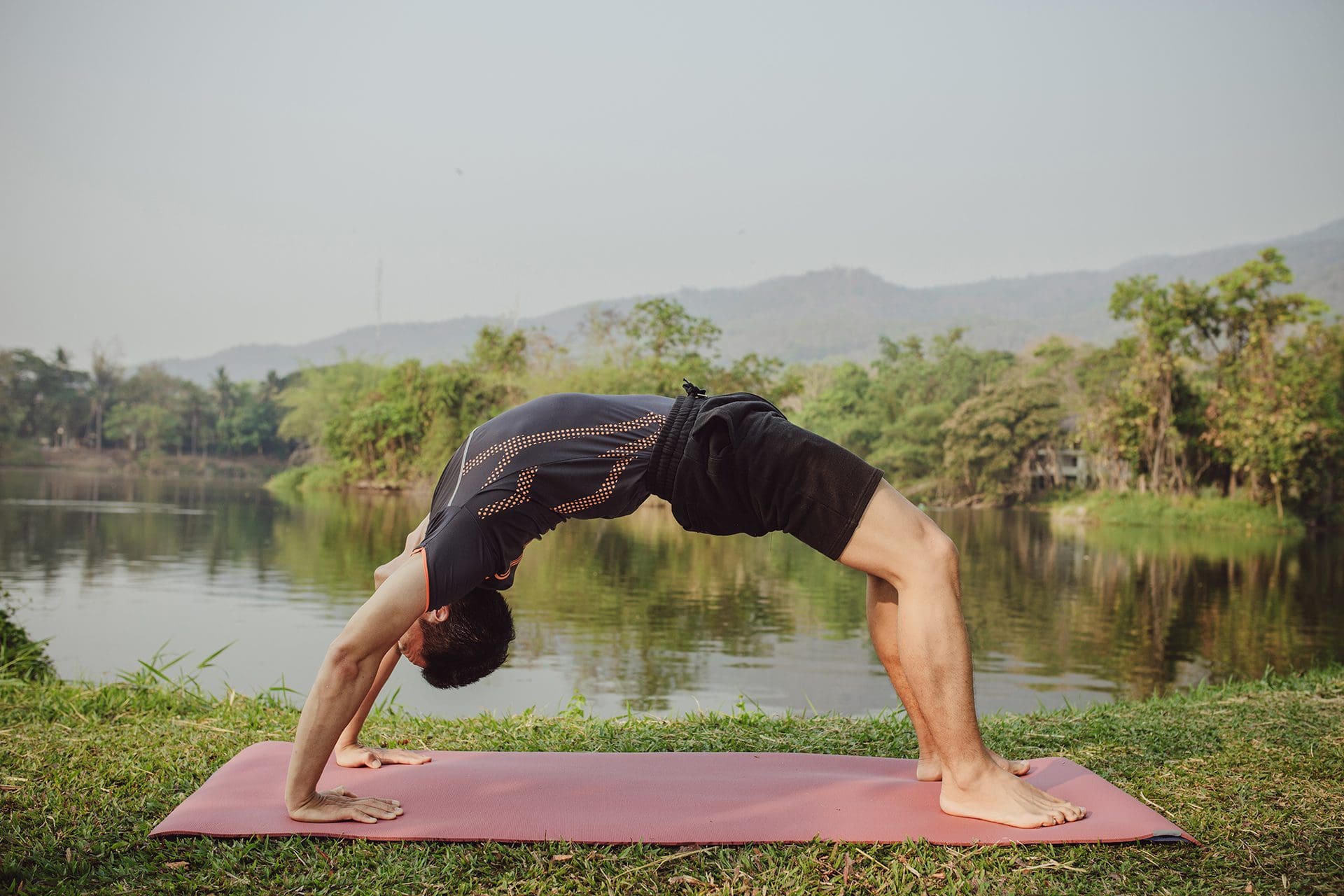Ashtanga Primary Series is Not Ashtanga Yoga!
We often hear practitioners say, ‘I practice Ashtanga Yoga’ or ‘I follow Ashtanga Yoga’. But what is Ashtanga Yoga? Is it a category of asanas or a style of yoga or a lifestyle itself? The term Ashtanga Yoga is often used loosely today, bearing a whole different meaning – and one that is not right. The real definition of Ashtanga Yoga is stretched so far that even yoga teachers sometimes wrongly use the term. Let’s understand what Ashtanga Yoga really is and decode the misconception around it.

THE MISCONCEPTION AROUND ASHTANGA YOGA
The physical practice of Ashtanga Yoga, that is, asanas, is the practice of Ashtanga Primary and Secondary Series, and subsequently the advanced versions, that is, Ashtanga Yoga A, B, C and D. The Ashtanga Primary Series is what is taught in a 200-hour Ashtanga Yoga teacher training course. Similarly, in a 200-hour Ashtanga Vinyasa Yoga teacher training course also you will learn the Primary Series as well as specific Vinyasa Flows. Now, the key is to understand that this is not the real Ashtanga Yoga. In fact, it has nothing to do with Ashtanga Yoga.
Ashtanga Yoga is a style of yoga that was founded by Sage Patanjali over 3000 years ago. It is an eight-limbed approach to adapting yoga as a lifestyle. The eight limbs start with Yamas and Niyamas, then go to Asanas, Pranayama, Pratyahara, Dharana, Dhyana and Samadhi.
THE EIGHT LIMBS OF ASHTANGA YOGA
The Eight Limbs of Ashtanga Yoga is a holistic way to adapt yoga as a lifestyle. Only practicing asanas does not make you a yogi. Adapting the different facets of yoga into everyday life makes you a yogi.
The first limb, Yamas, refers to social norms. It further details five norms that enable us to live peacefully as a society or community. The five Yamas are Ahimsa (non-violence), Satya (truthfulness), Asteya (non-stealing), Brahmacharya (celibacy) and Aparigraha (non-greediness). The second limb, Niyamas, refers to observances for self-discipline. They include Saucha (cleanliness), Santosha (contentment), Tapas (self-restraint), Swadhyaya (self-study) and Ishvarapranidhana (surrendering to a higher power). By slowly and gradually learning to adapt the Yamas and Niyamas in everyday life, not only will we learn to live in harmony as a society, but we will uplift our own discipline, character and beliefs.
Next comes Asanas (the practice of yoga postures). Now here, asanas does not refer only to Ashtanga Primary Series or advanced series. It refers to asana practice as a whole, which could be Hatha yoga asanas, Vinyasa flows, Yin yoga, and so on. Of course, if you are doing a specific 200-hour Ashtanga Yoga teacher training course then you will be learning the Ashtanga Primary Series asanas.
After this is Pranayama (breathing exercises). This involves different breathing exercises which benefit the mind and body, from relieving stress to improve heart health and lung strength. Pranayama is the stepping stone to turning your attention inward, taking you to Pratyahara, the stage of withdrawal. Pratyahara refers to withdrawing from the senses and external stimuli and starting to focus on the subconscious and unconscious mind.
Gradually, from Pratyahara you will move to the next limb, the first stage of meditation, that is Dharana (concentration). Dharana is the process of single, one-pointed concentration. It involves holding focus on a symbol, object or mantra. With practice, you will experience the seventh limb known as Dhyana or meditation. It involves steadying the body and mind into sustained observation. And an unbroken focus eventually leads to oneness in the final limb, known as Samadhi or liberation. Samadhi takes years of dedicated practice to achieve.
In the Patanjali Yoga Sutras, a compilation of 196 Sutras, Patanjali dedicates only one line to asanas – ‘Sthiram Sukam Asanam’, to be steady and comfortable in any posture. As long as you are comfortable in the posture, you are doing it right. The rest of the Sutras are dedicated to the other seven limbs – that’s how important all the aspects of yoga are.
In a 200-hour yoga teacher training course, you will go through sessions and guidance on how to practice and adapt these limbs as part of your everyday life to form a whole lifestyle.
WHAT IS THE ASHTANGA PRIMARY SERIES OF ASANA PRACTICE
In today’s modern times, Ashtanga Primary Series of practice is misinterpreted as Ashtanga Yoga. Over the years, it has become so popular that even yoga teachers sometimes refer to Ashtanga Yoga asanas as Ashtanga Yoga itself.
The Primary Series is a dynamic, invigorating and challenging style of asana practice. It is a series of asanas put together in the same way as you would in Vinyasa Yoga, Power Yoga, Yin Yoga or even Hatha Yoga. It only shares its name with the real Ashtanga Yoga. Ashtanga Yoga Primary Series is immensely beneficial in building strength, flexibility and in improving overall health and well-being. It helps remove toxins and release blockages, infusing the body with energy and encouraging the flow of Prana or life force. Ashtanga Yoga can be practiced by beginners, intermediate or advanced practitioners, with modifications and props as and when required.
In this video, Deepak Sharma, the founder of Sampoorna Yoga explains the difference between Ashtanga Yoga and Ashtanga Yoga Primary Series. Take a look.
YOGA ALLIANCE REGISTERED YOGA TEACHER TRAINING COURSES

Sampoorna Yoga Teacher Training School has been a registered international yoga school with Yoga Alliance, holding RYS-200, RYS-300, RYS-500, and YACEP designations since 2009. Its online and in-person Yoga Teacher Training Courses and Certifications are recognized and accepted worldwide, enabling all graduates to teach globally. Upon course completion, participants receive a 200-Hour, 300-Hour, or 50-Hour Yoga Teacher Training Certification, allowing registration as RYTs (Registered Yoga Teachers) with Yoga Alliance. Our Yoga Teacher Training Certificate Courses empower you to teach legally in any country, whether you choose to register with Yoga Alliance registration or not.

